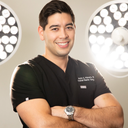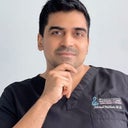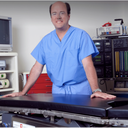Posted underEyelid Surgery q&a
Why is a fat transfer recommended for doing my lower blepharoplasty? And what will happen if I don’t include that procedure?
The doctor I am considering recommends transconjunctival blepharoplasty with skin pinch and a fat transfer, under local anaesthesia, for my particular case. He says this will avoid the chances of ectropion (is that true?). However, I have read a lot of mixed information, opinions, and results about doing fat transfers under the eye - some say it’s great, some say it’s a bad idea. Why so much mixed info? And is a fat transfer best performed at the same time as a lower blepharoplasty?
Answers (46)
From board-certified doctors and trusted medical professionals

Dr. Joseph Walrath, MD
Oculoplastic Surgeon, Board Certified in Ophthalmology
Answer

Dr. Mark Berkowitz, MD
Oculoplastic Surgeon, Board Certified in Ophthalmology
Answer
More Eyelid Surgery Questions
See all Eyelid Surgery Q&AWE SEND PRETTY
EMAILS
What’s trending? Who’s turning heads? Which TikTok myths need busting? We’ve got you. No fluff, no gatekeeping—just real talk. Get our free, unfiltered newsletter.









